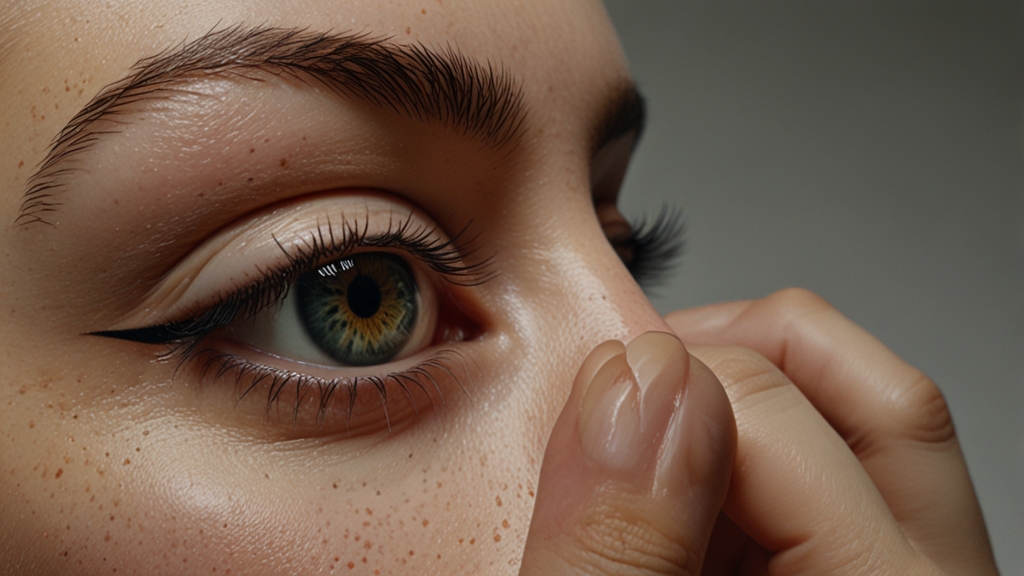Exploring Geometry Through the Eyes of Great Artists
Geometry, the branch of mathematics concerning the properties and relations of points, lines, surfaces, and solids, has always fascinated humanity. When geometry intersects with art, it leads to the creation of visually stunning works that can inspire, teach, and provoke thought. Many great artists throughout history have used geometric principles to guide their work, resulting in masterpieces that exemplify the beauty, precision, and power of mathematical concepts. In this article, we'll explore how geometry has influenced some of the most celebrated artists and how they've interpreted it in their work.
Leonardo da Vinci: The Quintessential Polymath
Leonardo da Vinci is often regarded as the epitome of the Renaissance man. His works, from anatomical studies to architectural drafts, are imbued with a profound understanding of geometry. Da Vinci's "Vitruvian Man" is perhaps the most iconic example, illustrating the idea of proportion as outlined by the ancient Roman architect Vitruvius. This famous drawing reveals da Vinci's keen understanding of how human anatomy can fit into geometric shapes, embodying the harmony between art and mathematics.
"The painter who is familiar with the proportions of the parts of man will be able to do as he likes with the movements and attitudes of the figures that he paints."
— Leonardo da Vinci
Piet Mondrian: Redefining Abstract Art
Fast forward a few centuries, and we find Piet Mondrian, a pivotal figure in the De Stijl art movement. Mondrian's work is characterized by a radical simplification of form and color: he used only vertical and horizontal lines and primary colors. His famous "Composition with Red, Blue, and Yellow" is an exploration of the inherent geometry in the field of abstraction, showing how simple shapes and lines can evoke deep aesthetic and emotional responses.
Mondrian's approach was heavily influenced by his belief in the underlying structure of all things. He viewed the world through a lens that stripped objects down to their most basic geometric elements. This approach not only redefined abstract art but also demonstrated the deep-seated connections between art and mathematical precision.
Salvador Dalí: The Surrealist's Use of Geometry
Salvador Dalí, known for his surrealist expressions, also incorporated geometric concepts into his works, albeit in a more unconventional manner. One of the most striking examples is his painting "The Sacrament of the Last Supper," where Dalí places Christ and his disciples inside a giant dodecahedron. This 12-sided geometric shape brings a meticulous sense of order to the chaotic, dreamlike scenario that Dalí is famous for.
"I believe in the future resolution of these two states, dream and reality, which are seemingly so contradictory, into a kind of absolute reality, a surreality."
— Salvador Dalí
M.C. Escher: The Master of Impossible Spaces
No discussion of geometry in art would be complete without mentioning M.C. Escher, whose works continue to mesmerize with their intricate use of perspective and impossible spaces. Escher's "Relativity," for example, depicts a world where stairs seem to defy all known laws of physics. His ability to visualize—and draw—complex geometric structures played a crucial role in making his art so captivating and thought-provoking.
Escher's work often explores tessellations and the concept of infinity, using geometric transformations to create patterns and structures that loop back upon themselves. In doing so, he challenges the viewer's perception of space and reality, making geometry not just a tool for art, but also a subject of contemplation.
The Enduring Legacy of Geometry in Art
The integration of geometry in art is far from a relic of the past. Contemporary artists continue to harness geometric principles to explore new forms, perspectives, and ideas. From digital art to architecture, the synergy between art and geometry remains as dynamic and inspiring as ever.
Great artists like Leonardo da Vinci, Piet Mondrian, Salvador Dalí, and M.C. Escher have shown us that geometry is not just about numbers and shapes; it's about finding the hidden patterns in nature and expressing them in ways that resonate with the human soul. Through their work, they invite us to see the world with new eyes, appreciating the underlying order and beauty that geometry brings to art.










